
Price: £29.99
Developer: Larian Studios
Publisher: Larian Studios.
Platform: PC
Here's a list of things you can do in Divinity: Original Sin II, the new isometric role-playing video game from Belgian developer Larian Studios.
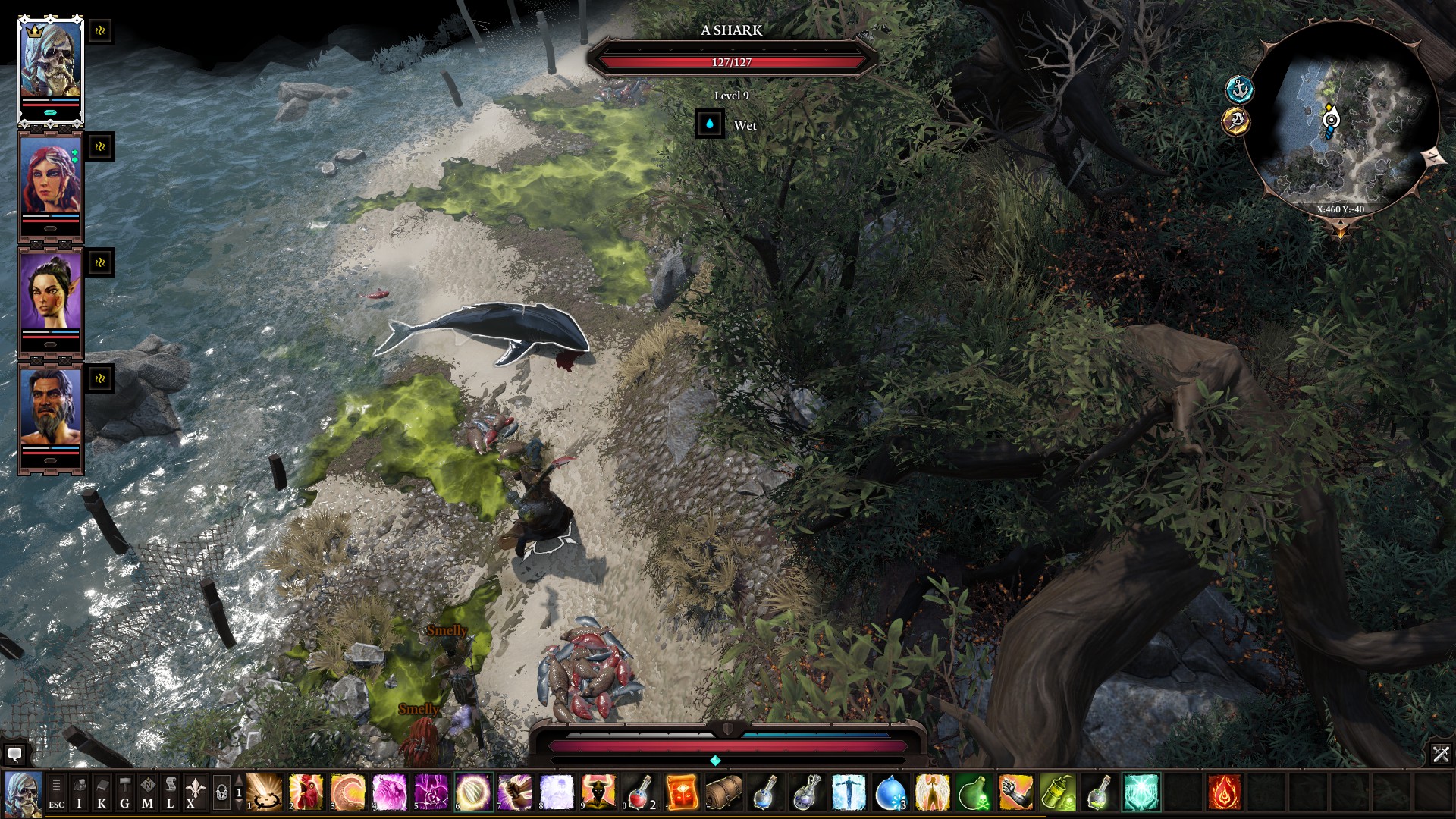
1. You can talk to dogs.
2. You can talk to sharks.
3. You can talk to ghosts.
4. You can play as a dead person.
5. You can play as a dead lizard person.
6. You can play as a dead lizard person who steals peoples' faces.
7. You can play a dead lizard person who steals peoples' faces, crafts them into a mask, and then uses the mask to disguise himself as a living human, elf, dwarf, or lizard person.
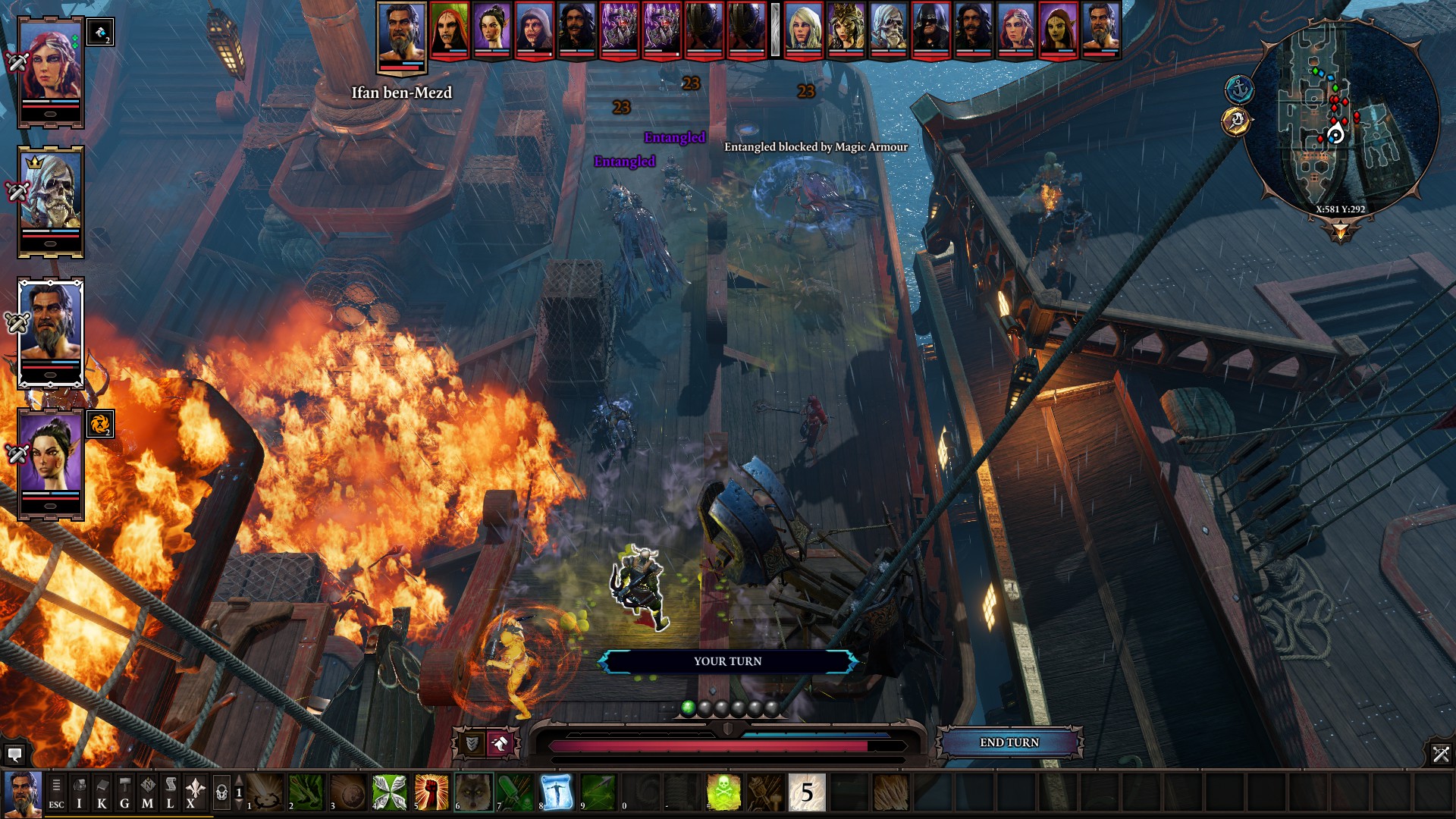
8. You can steal from NPCs.
9. You can steal from other players (if you're playing in the game's optional four-player coop mode).
10. You can steal from NPCs, then frame your friends by planting the loot in their inventory. If any guards inspect their pockets, your friend will be sent to jail.
11. You can then liberate your friend from jail in a whole multitude of ways. You could kill the guards, pick the lock, look for a secret hatch, or teleport them out of the cell and then hide them until the heat is off.
11. You can craft healing potions.
12. You can craft poison potions, which kill regular characters and heal undead characters.
13. You can craft a poison potion and use red dye to disguise it as a healing potion. You can then give it to a friend and watch them poison themselves like the big, stupid idiot-face they are.
14. You can create your own protagonist, or play as one of several pre-made characters who have detailed backstories. These include characters like Lohse, a mage with a demon trapped inside her skull, or The Red Prince, a deposed lizardman aristocrat who is hunted by assassins and plans to reclaim his empire using nothing but his own weapons-grade arrogance.
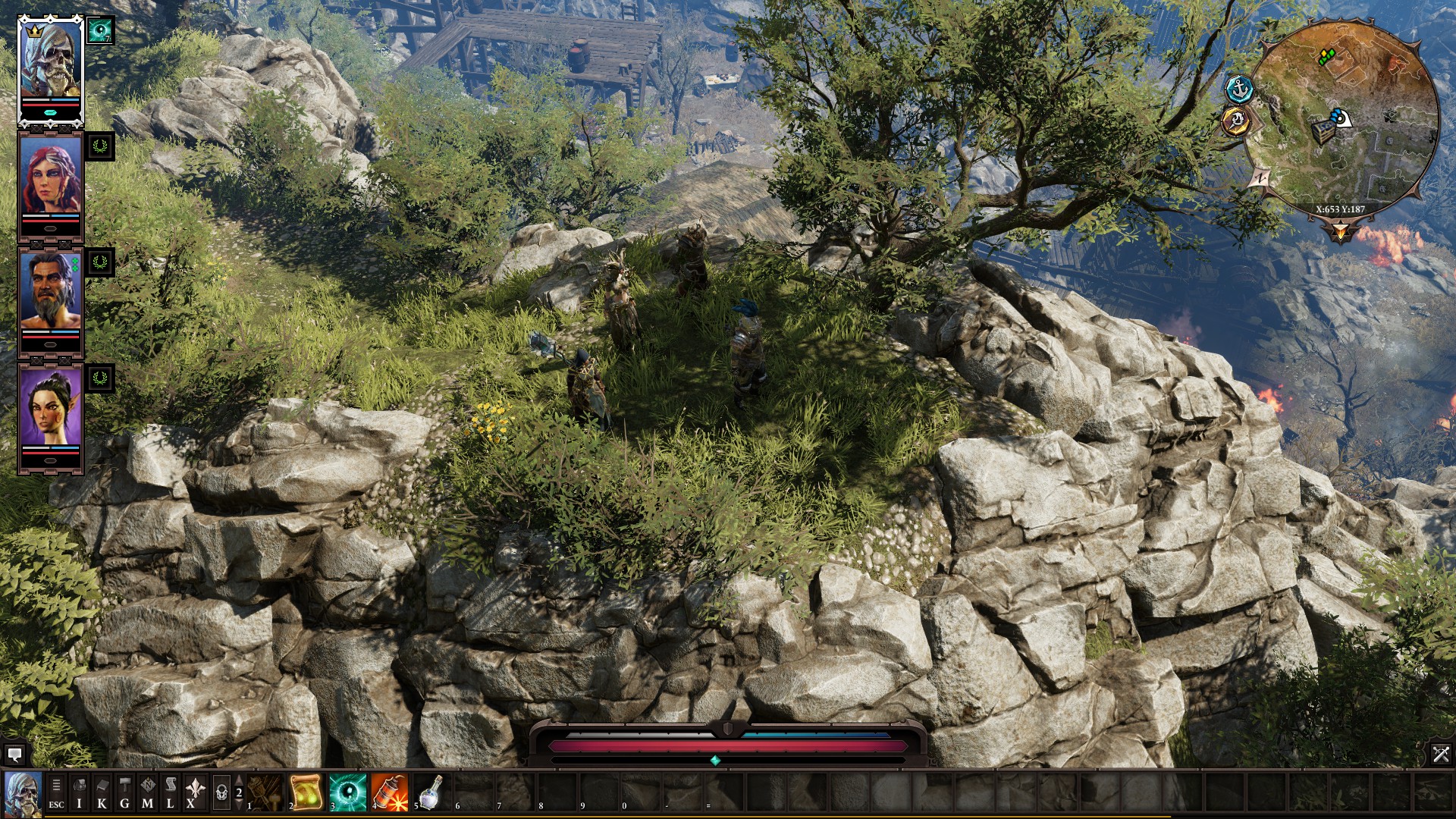
16. You can tailor party members to be any class you want. The Red Prince is a warrior by default, but he can be a wizard, a battlemage, a cleric, a necromancer, whatever fits your needs best.
17. You can escape the game's opening area, a prison for powerful 'Sourcerers' named Fort Joy, in one of at least four ways. These range from sneaking through the sewers to killing everyone you encounter.
18. You can become a Godwoken, the first step to becoming a genuine, full-fat, living god.
19. You can all become Godwoken. Every member of your party. But when it comes to the crunch, only one of you will have the opportunity to become a god.
20. You can use this knowledge to play cooperatively and assist one friend on the path to Divinity. On the other hand, you can scheme against your friends, abandoning your party to pursue your own adventures, or using the game's systems to play dastardly tricks upon them.
21. You can eat people's body parts.
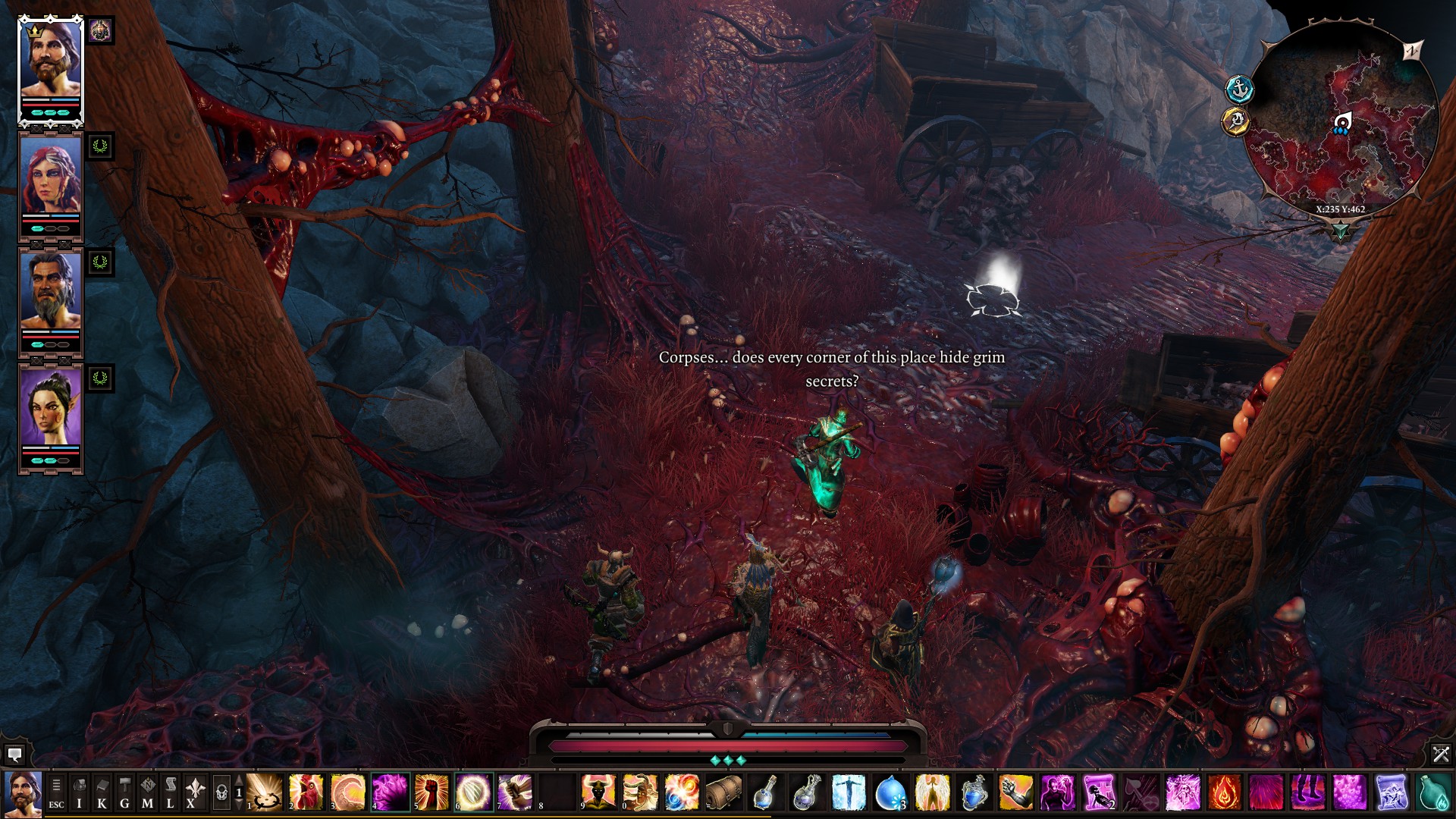
22. You can eat people's body parts as an elf and relive their final memories in dialogue, picking up new quests or hints to current ones.
23. You can talk to people using dozens of specialist dialogue choices, from race-based options like 'Lizard' or 'Under' to skill- and personality-based options like -Strength' or 'Mystic'.
24. You can distract an NPC by talking to them with one party member, then use another party member to sneak around and steal all their stuff.
25. You can pick up almost any object in the world and move it around, from tiny objects like food and kitchen utensils, to barrels, crates, and picture frames.
26. You can search houses for hidden rooms, secret switches, concealed basement hatches, and keys to unlock doors.
27. You can search houses for books and notes that contain crucial information to further along quests.
28. You can solve several murders.
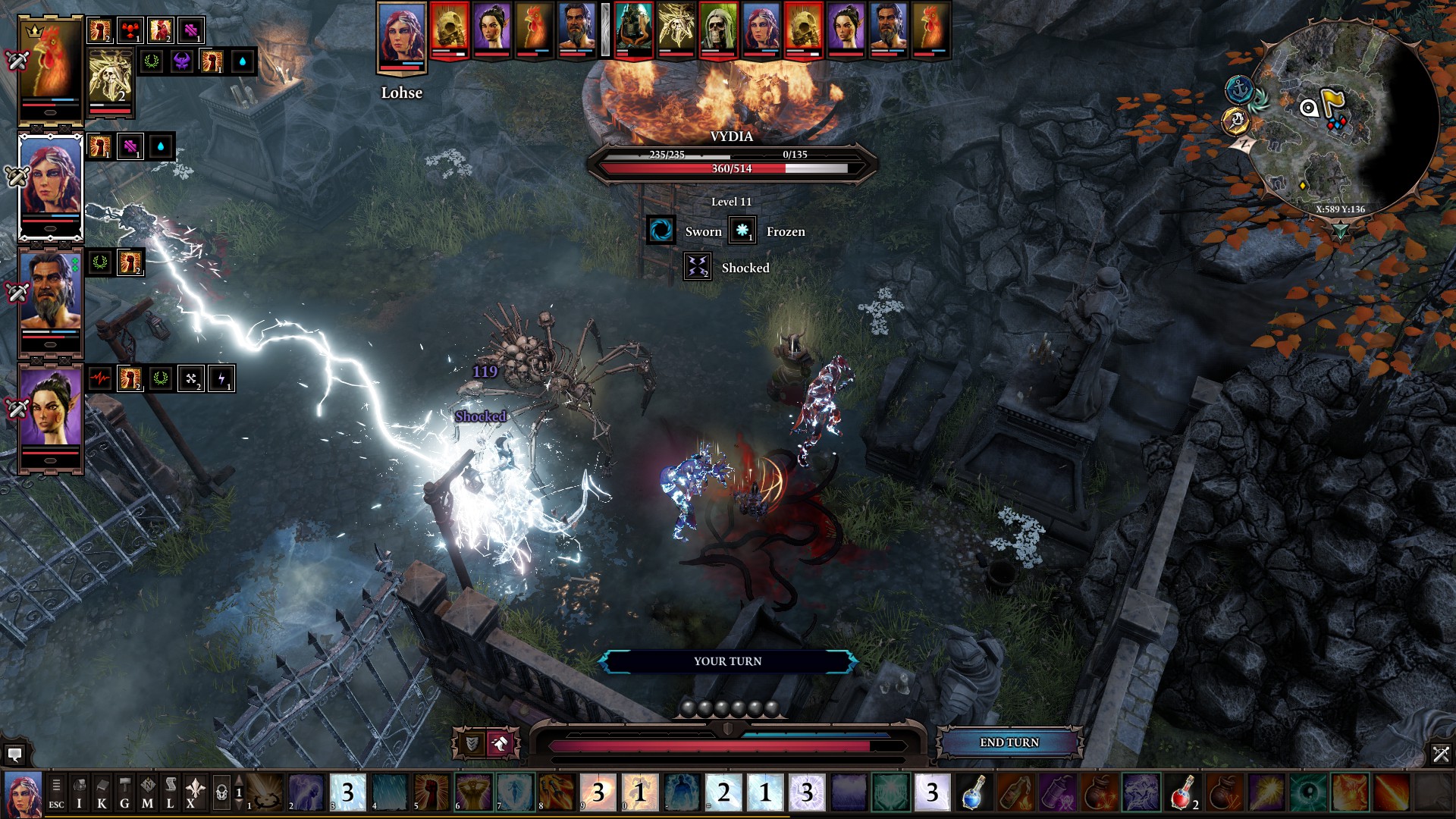
29. You can resolve almost every quest through more than one method. Most quests have multiple NPCs linked to them who will provide you with information on how next to proceed.
30. You can explore a range of hugely diverse environments, from the idyllic fields and forests around the ramshackle town of Driftwood, to the grisly, nightmarish landscape of Bloodmoon Island.
31. You can “ally” with several different factions in the game's main story, ranging from a group of elves who worship a giant tree, to a coven of Necromancers called the Black Ring. Aside from certain key plot-points, these allegiances are not set. You can talk to their leaders, accept their quests, and then decide that you don't really fancy being a Necromancer and kill anyone in the room.
32. You can support your party in resolving their own unique personal stories, even letting them speak to key story characters themselves. Be warned, though: There may be consequences for doing so.
33. You can kill virtually anyone without breaking the game.
34. You can use the elements to your advantage in Original Sin II's turn-based, XCOM-style combat. Attack your enemies with an oily boulder, then fling a fireball at them to ignite the resulting oil-puddle.
35. You can then put a Curse on the fire to make it do more damage, or 'Bless' it to create holy fire that will heal allies and devastate undead opponents.

36. You can play as a Witch and make it rain blood.
37. You can play as a Polymorph and transform enemies into chickens.
38. You can combine the two classes and play as both. In fact, you can combine as many classes as you want.
39. You can acquire 'Source Points' to enact devastatingly powerful abilities, such as triggering a meteor storm or causing the hands of the dead to rise from the ground, grasping at the feet of your enemies.
40. You can explore dozens of individual side-stories, from investigating why a beggar's dog has fallen sick, to helping an undead merchant find a book about making corpses explode. Nearly all of these are written with a wry sense of humour, while some of them include twists that go way beyond what you might expect.
41. You can play in 'Explorer' mode, which is designed for players who want to enjoy the story. I would recommend unless you want to be seriously challenged. Original Sin II's combat is highly tactical, and even on the easiest setting it's possible to become mired in a few extremely tough fights. This isn't a massive problem, but it does occasionally lead to frustration.
42. You can use a real-life notebook to help keep track of important quest information. This I would also recommend, because Larian can be rather cryptic when giving the player quest clues and pointers, which can lead to some befuddlement. This is particularly the case in the game's final act. Here there are some very complex quests, and if you don't explore thoroughly, you could easily get stuck.
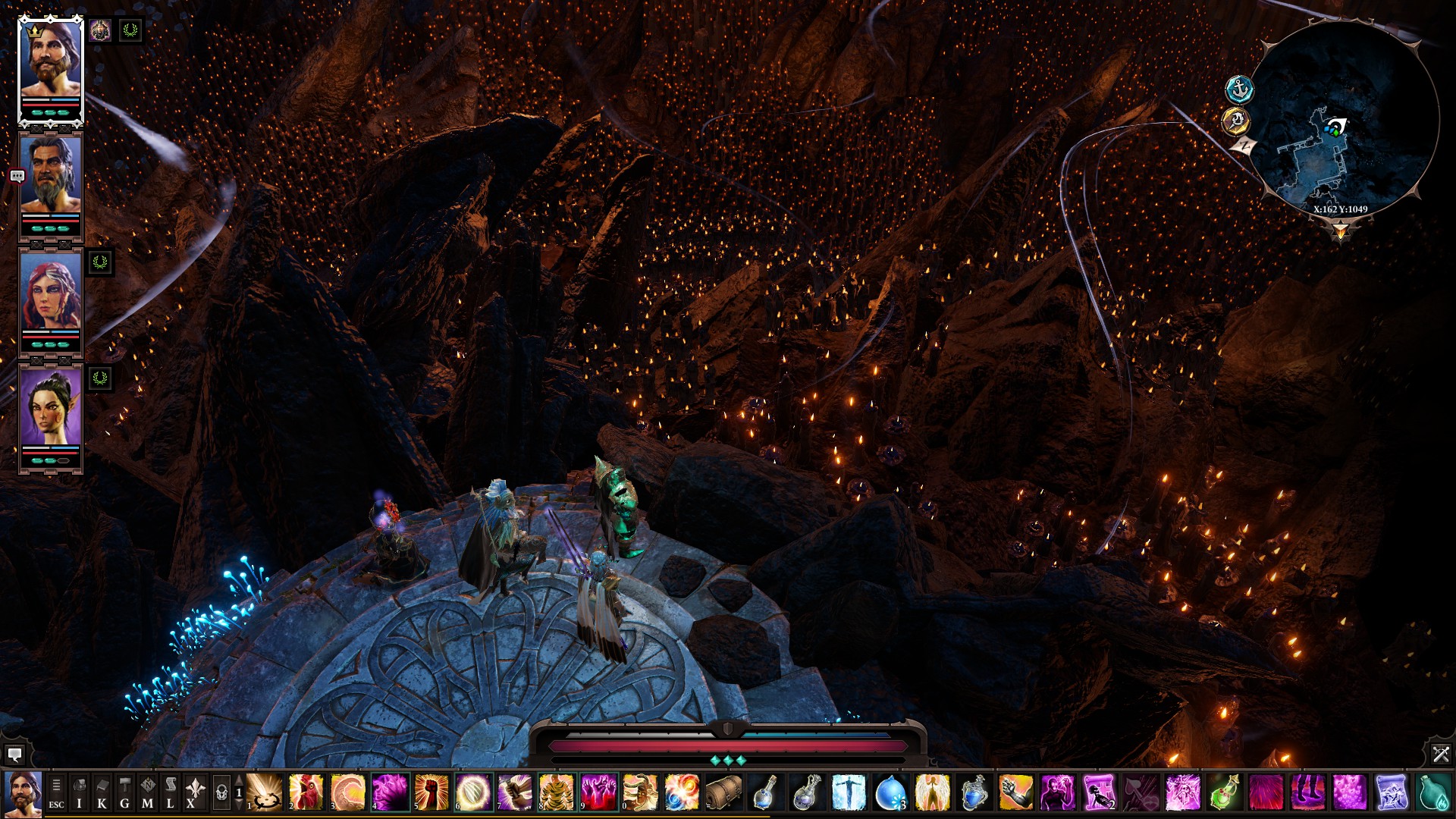
43. You could choose to ignore the campaign entirely, and instead play Divinity's competitive arena-battle mode, which makes fantastic use of the game's elemental combat in a multiplayer scenario.
44. You could ignore this too, and opt to create your own adventure through the game's GameMaster mode. This is a multiplayer role-playing platform in the vein of Dungeons and Dragons, in which you can create your own fantasy map, put together an adventure built out of different locations, and then 'bind' a range of hand-crafted environments to it. The GM can then introduce new elements to the map on the fly, spawning monsters, weapons, and NPCs, even writing in custom dialogue for characters to say.
45. You could try any and all of these things, alongside dozens of other ingenious ideas big and small that I haven't yet mentioned. Divinity: Original Sin II is one of the most comprehensive, flexible, and charismatic RPGs I've played in years, combining a thrilling range of dynamic systems with stunning environment design and brilliant writing. It does suffer from the occasional balance issue, but that's a small price to pay for the sheer range of opportunities for creativity and experimentation it offers to the player.
I have considered the pros and cons of this list in its entirety, and given it an award I believe to be relevant to the game's overall quality.


MSI MPG Velox 100R Chassis Review
October 14 2021 | 15:04

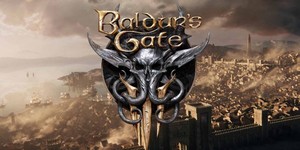
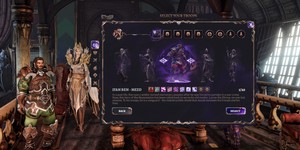
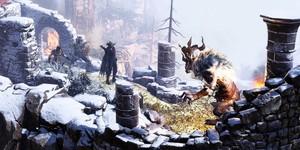





Want to comment? Please log in.